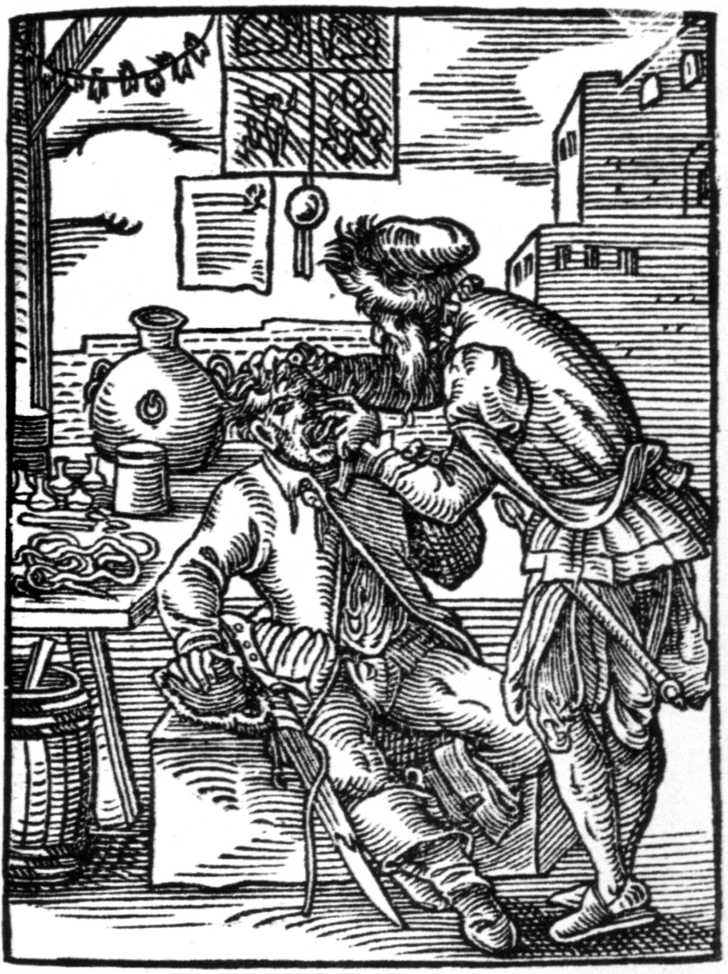The Surprisingly Morbid History Behind The Iconic Barber Pole
You might be surprised to know the barber pole has been around since the 1300s!

We all recognize the iconic red, white, and blue spinning pole that signifies a barber shop. It has a nostalgic feel to it – conjuring up images of men going into the shop for a shave and shooting the breeze with the old barber who has been in business for 40 years. You might be surprised to know the barber pole has been around since the 1300s!
The History Of Barbers

Barbers have been around since the dawn of time. Well, not quite, but there is evidence of barbers and groomers as far back as ancient Egypt. Barbers actually played an important role in ancient Greek and Roman history. In battle, the Persians would pull Greek soldiers from their horses by their beards, thus leaving them exposed to a killing blow. Alexander the Great observed this and decreed that all men should be clean-shaven. This became the fashion for the Greeks, and they brought the clean-shaven look to every shore they touched.

Barbers didn’t just cut hair back in the day. They belonged to the same guild as doctors and surgeons. In fact, people went to the barber to get dental work done, as well as a few small medical procedures like setting bones and treating wounds. One procedure, bloodletting, was of great use and importance. It was easy enough, but the doctors of the day considered it menial and didn’t want to waste time doing it themselves.
Bloodletting

Bloodletting involves cutting a vein and letting the blood drain out. It was used in the Middle Ages as a way to treat a multitude of ailments. There were charts for where to drain blood depending on the condition being treated. There were also a bunch of rules associated with bloodletting, like certain days the procedure could be performed. Bloodletting was practiced for almost 2,000 years. It wasn’t until the 19th century that physicians came up with more sophisticated techniques for healing, and realized draining patients of blood usually harmed the patients in the long run.
During the years when bloodletting was practiced, barbers put bowls of blood on the windowsills of their shops to indicate they would perform bloodletting. It wasn’t until 1307 that they realized leaving out bowls of blood was not the most sanitary thing. But they still needed a way to let people know about bloodletting.
The Colors Of The Barber Pole

The pole represents the wooded pole they would have people bite down on or squeeze in their hands while the procedure was being done. The red represents blood, the white represents the bandages used to cover up, and the blue represents the veins.
So, next time you walk by a barber shop, be thankful they only cut hair and not veins!
SKM: below-content placeholderWhizzco for DOT

